St Kilda: Population, history, sights, entertainment and crime
Long before the grinning face of Luna Park lit up St Kilda the suburb was a glitzy hub for Melbourne’s wealthy elite. Now it’s perhaps better known as a mecca for tourists, hangovers and a fiery foreshore curse. Here’s a look at postcode 3182.
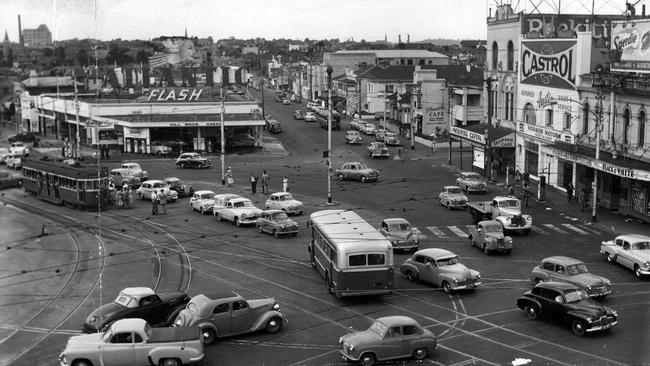
Inner South
Don't miss out on the headlines from Inner South . Followed categories will be added to My News.
Nearly everyone who grew up in Melbourne has a St Kilda story.
Most photo albums contain wholesome family pictures of kids paddling at the beach or posing in front of Luna Park’s Mr Moon.
It has even been immortalised in a song by iconic Aussie crooner (and St Kilda resident) Paul Kelly — who doesn’t love seeing the “sun go down from St Kilda Esplanade”.
But the suburb with a saintly name has also been a playground for many a sinner — from its red light district and the notorious Gatwick hotel through to wild backpacker parties and even some chilling crimes.
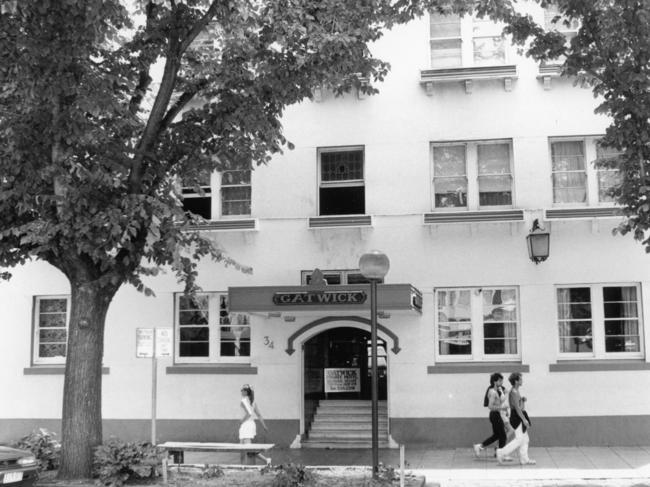
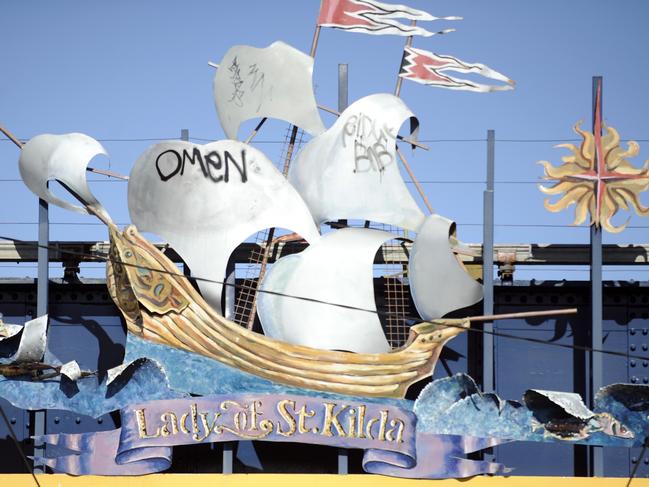
But in case you were wondering, the popular beachside area isn’t named after a holy figure — there is no such person as Saint Kilda — but rather a schooner which moored in Port Phillip Bay for much of 1841.
On a grazing licence, the ship’s master and early settler Lieutenant James Ross Lawrence fenced off a misshapen triangle at the foreshore.
The area had three tracks along its perimeter, which Lawrence named Fitzroy St, The Esplanade and Acland St.
Acland St was named for Sir Thomas Dyke Acland, the owner of the ship which brought Lawrence from England.
That ship was The Lady of St Kilda.
By the late 1800s, St Kilda was a fashionable suburb for the rich and with a population of almost 20,000 it was the city’s most densely populated area, with plenty of sprawling bayside mansions and hotels.
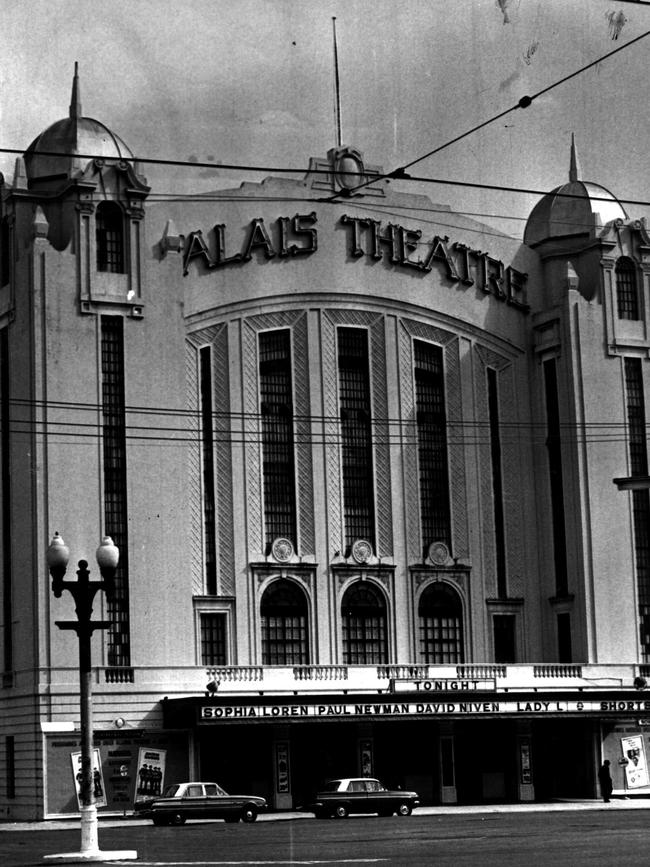
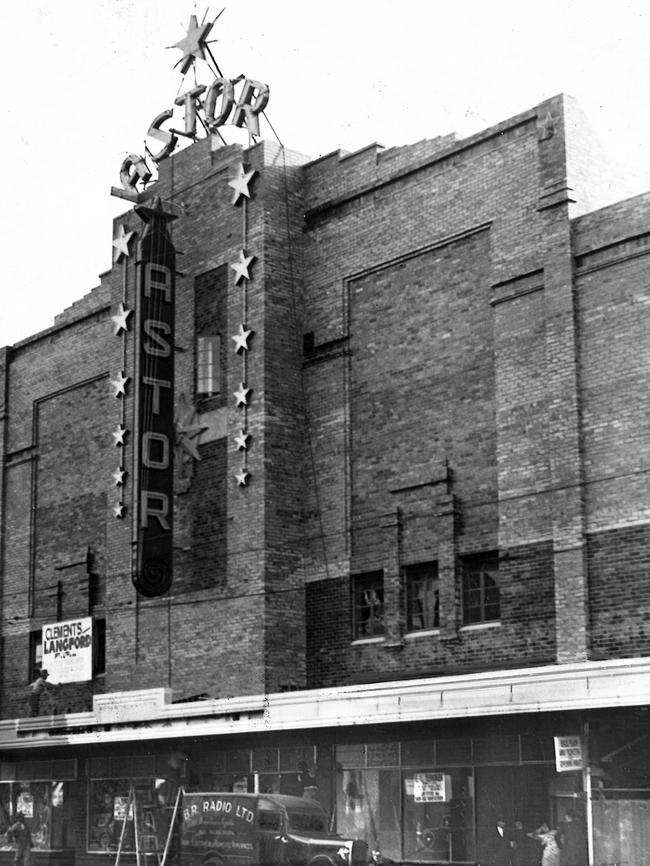
By 1894, the depression showed signs of turning and St Kilda started coming to life again.
In the early 20th century, Luna Park and the neighbouring Palais de Danse opened, bringing affordable entertainment to Melbourne’s blossoming population.
Later the suburb became known for its loose bars and brothels and an unsettling string of fires and arson attacks which sparked talk of the “fiery curse of the foreshore”.
In 1968 the Palais de Danse was destroyed by fire and later replaced by The Palace, which went up in flames in 2007.
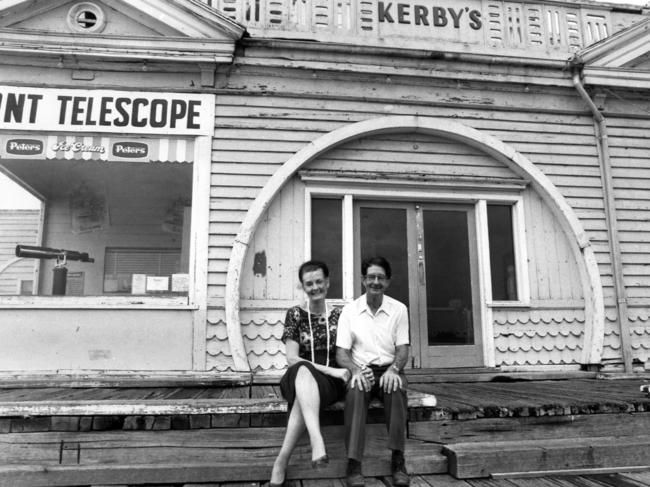

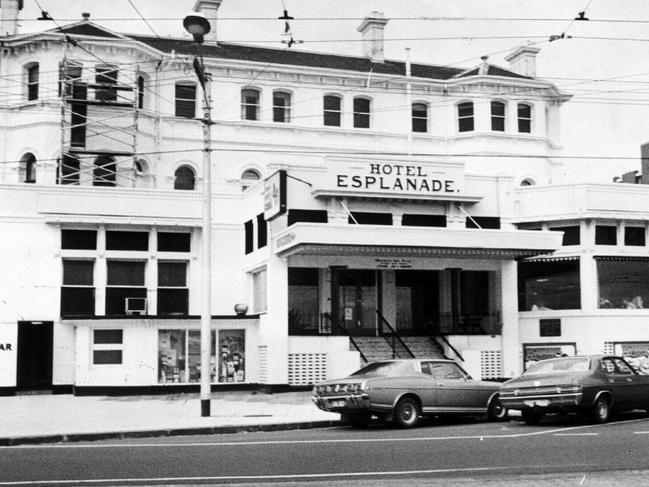
The St Kilda Pier kiosk burnt down in 2003 and later rebuilt, and the famous Stokehouse restaurant got a makeover when it was gutted by fire in 2014.
Later that same year a fire razed the beloved Donovan’s restaurant, which has also been rebuilt.
The suburb has also been the home of live music in Melbourne, with fledgling groups and big name bands alike regularly playing at popular venues including the Espy and The Prince of Wales.
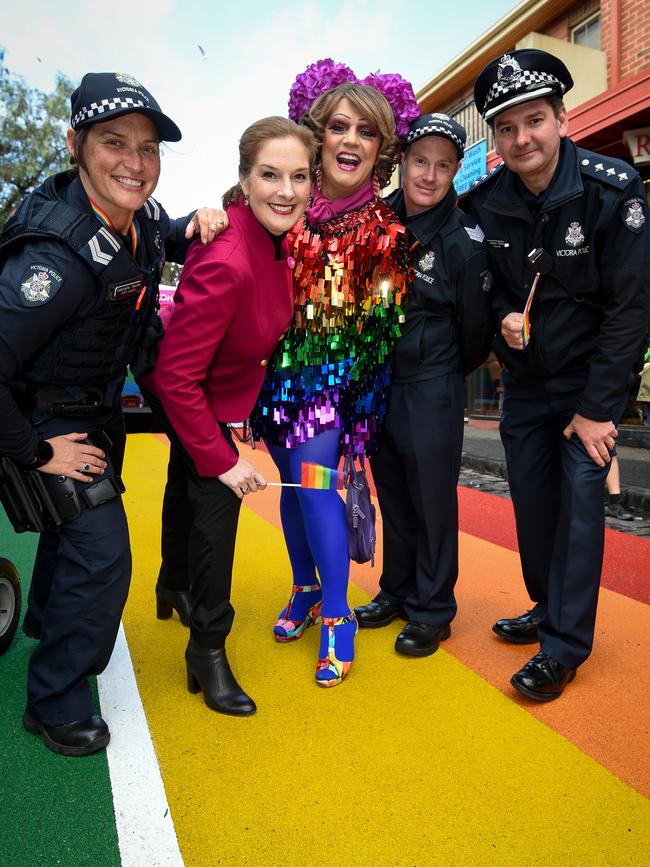
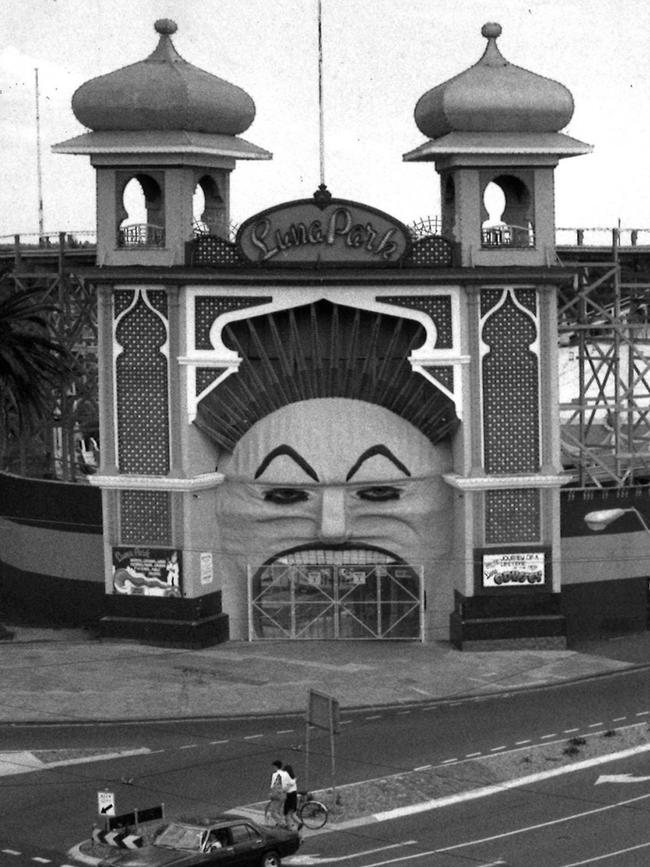
It’s also home to a rainbow road, just a hop, skip and jump from where Australia’s first Pride Centre will open — honouring St Kilda’s longstanding reputation as a safe place for the LGBTIQ community.
The historic Junction Oval, where the first ever match of elite Aussie Rules was played in 1870 between South Yarra and Albert Park, was once the official home of the St Kilda Football Club, before the Saints moved to Moorabbin in 1964.
St Kilda has also seen its share of grisly crimes, including the brutal unsolved murder of sex worker Tracy Connolly in 2013 and the 1968 abduction of little Linda Stilwell as she played with her siblings on St Kilda beach.
And what became of the Lady of St Kilda? It was shipwrecked in 1844 near Tahiti.
MORE:
ST KILDA VENUES WE USED TO LOVE
